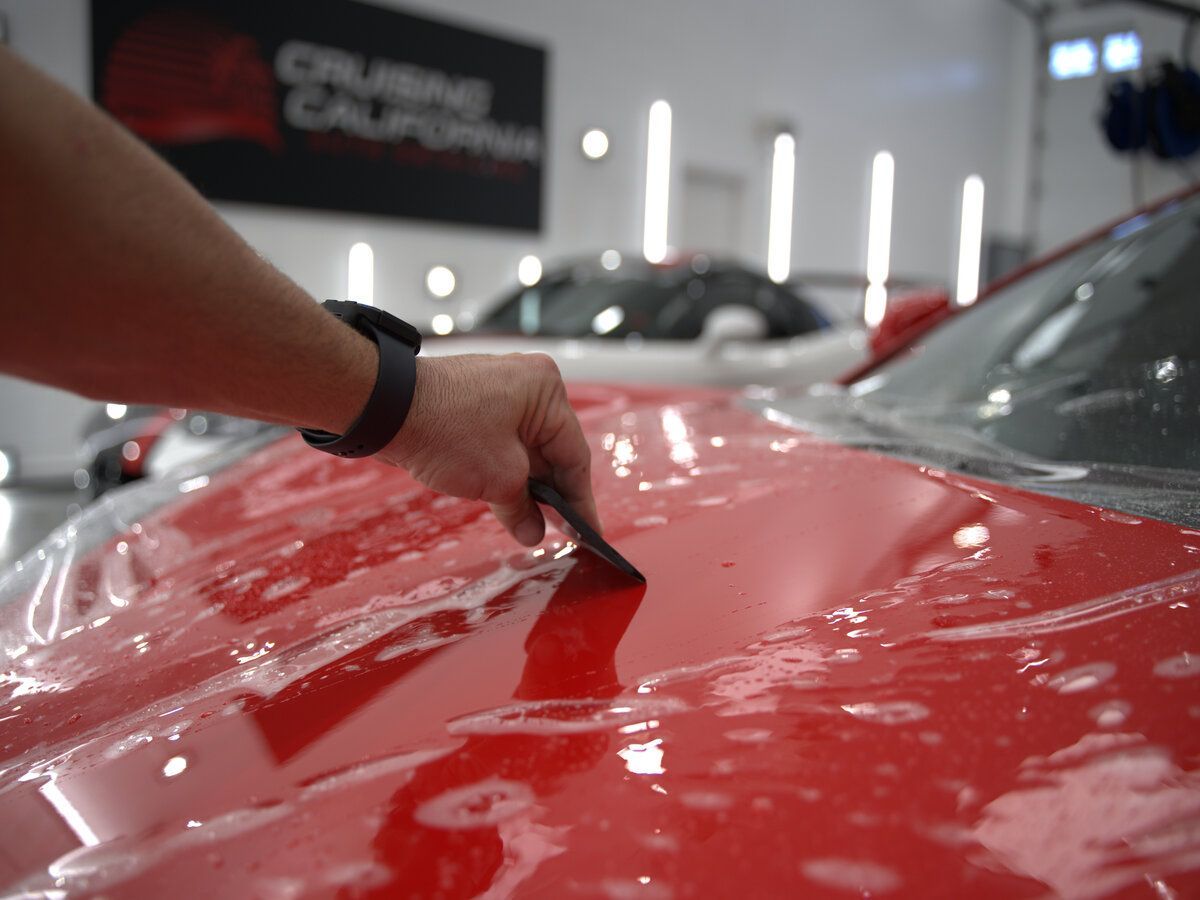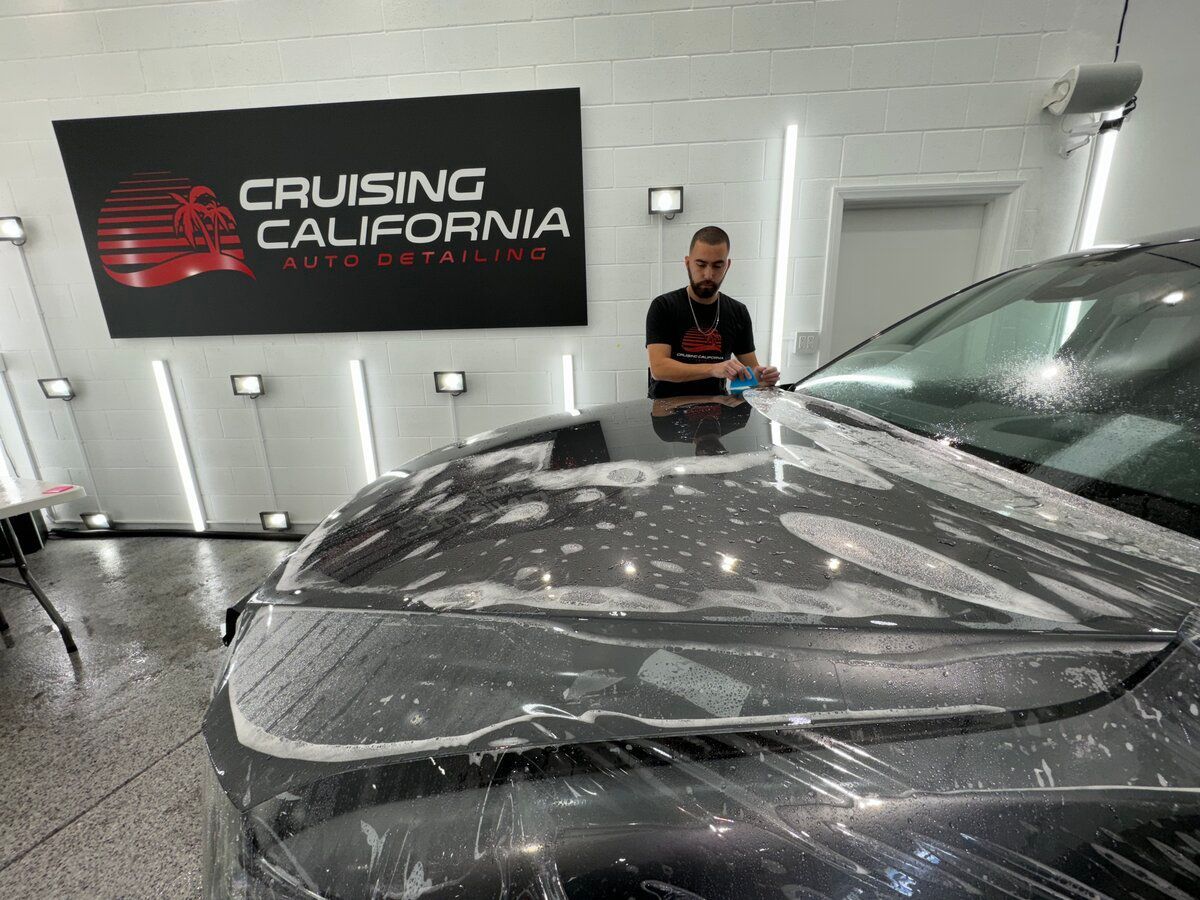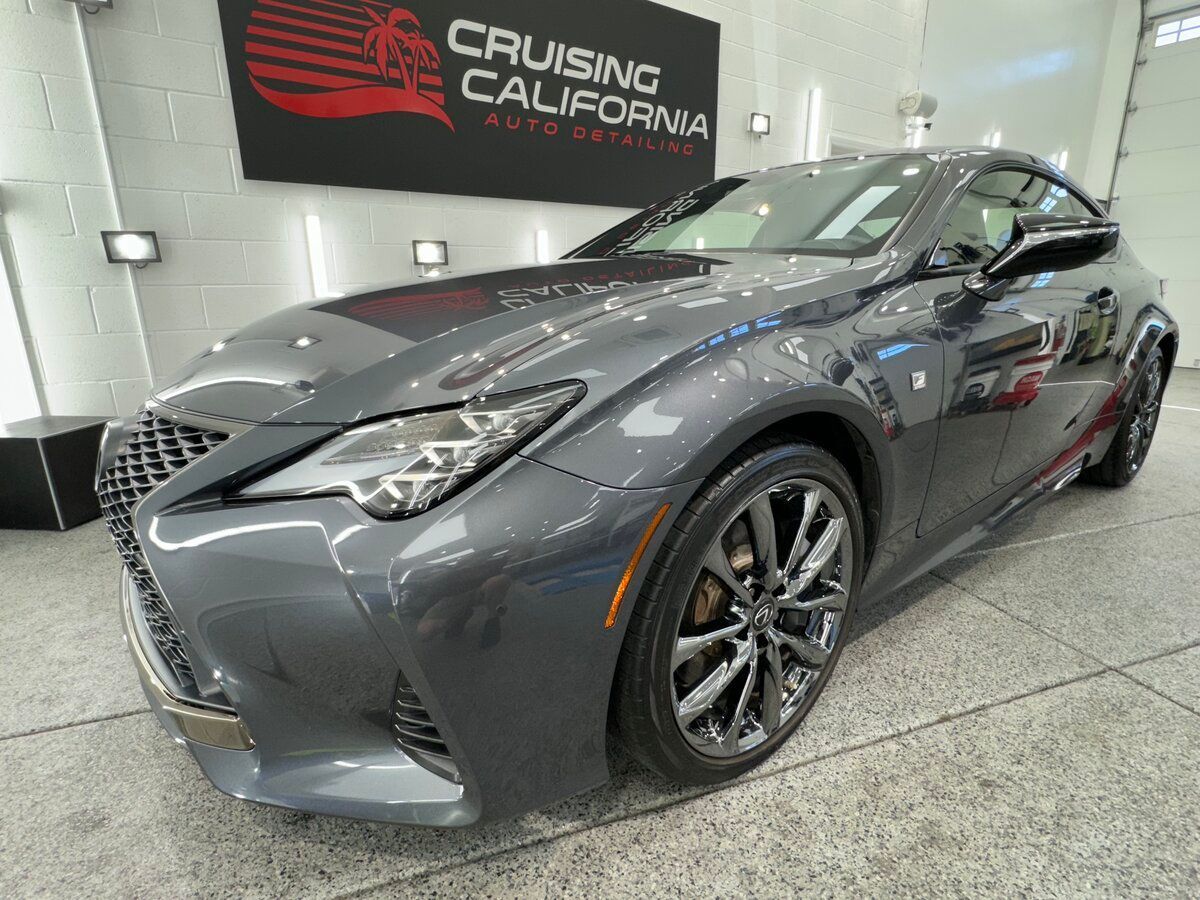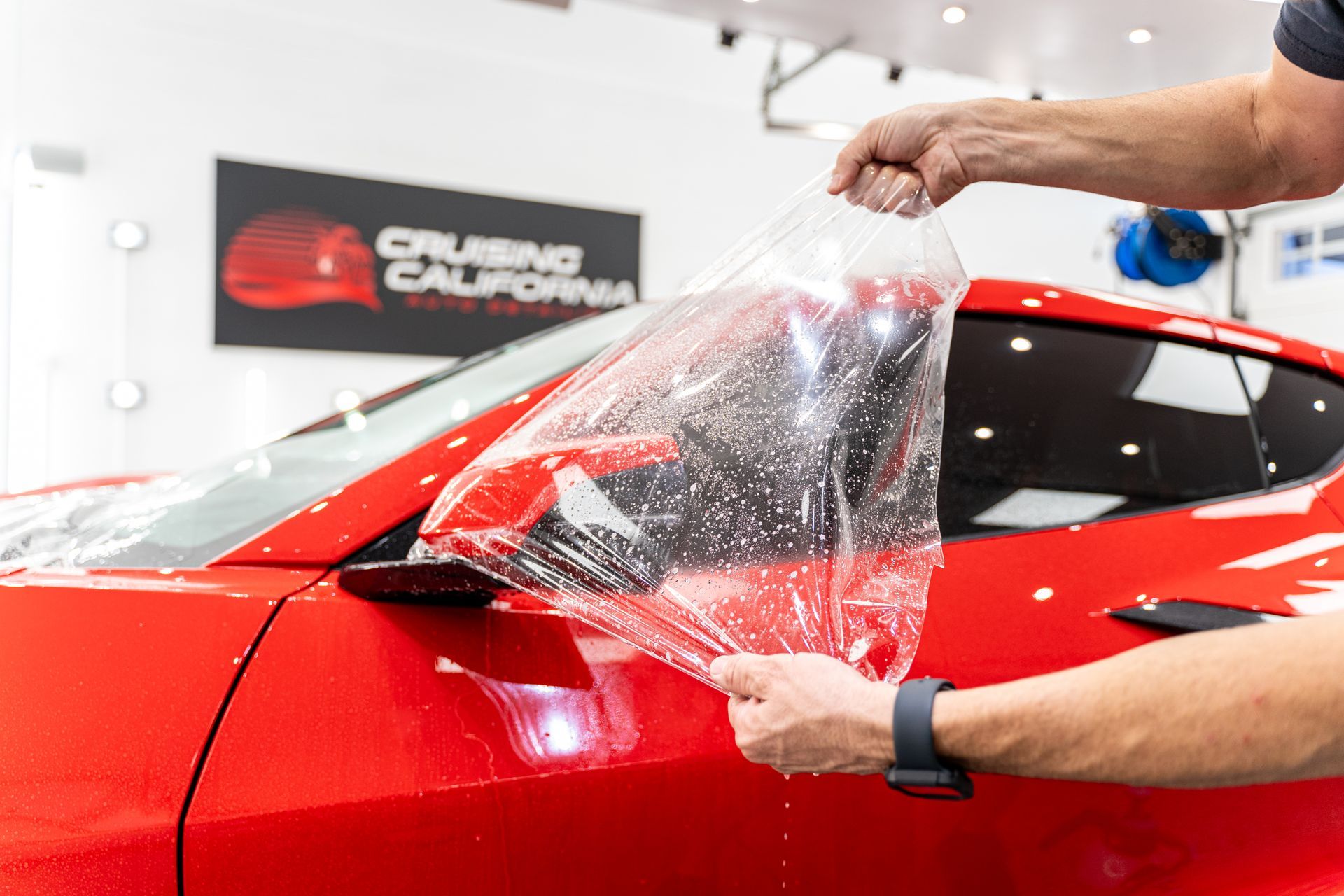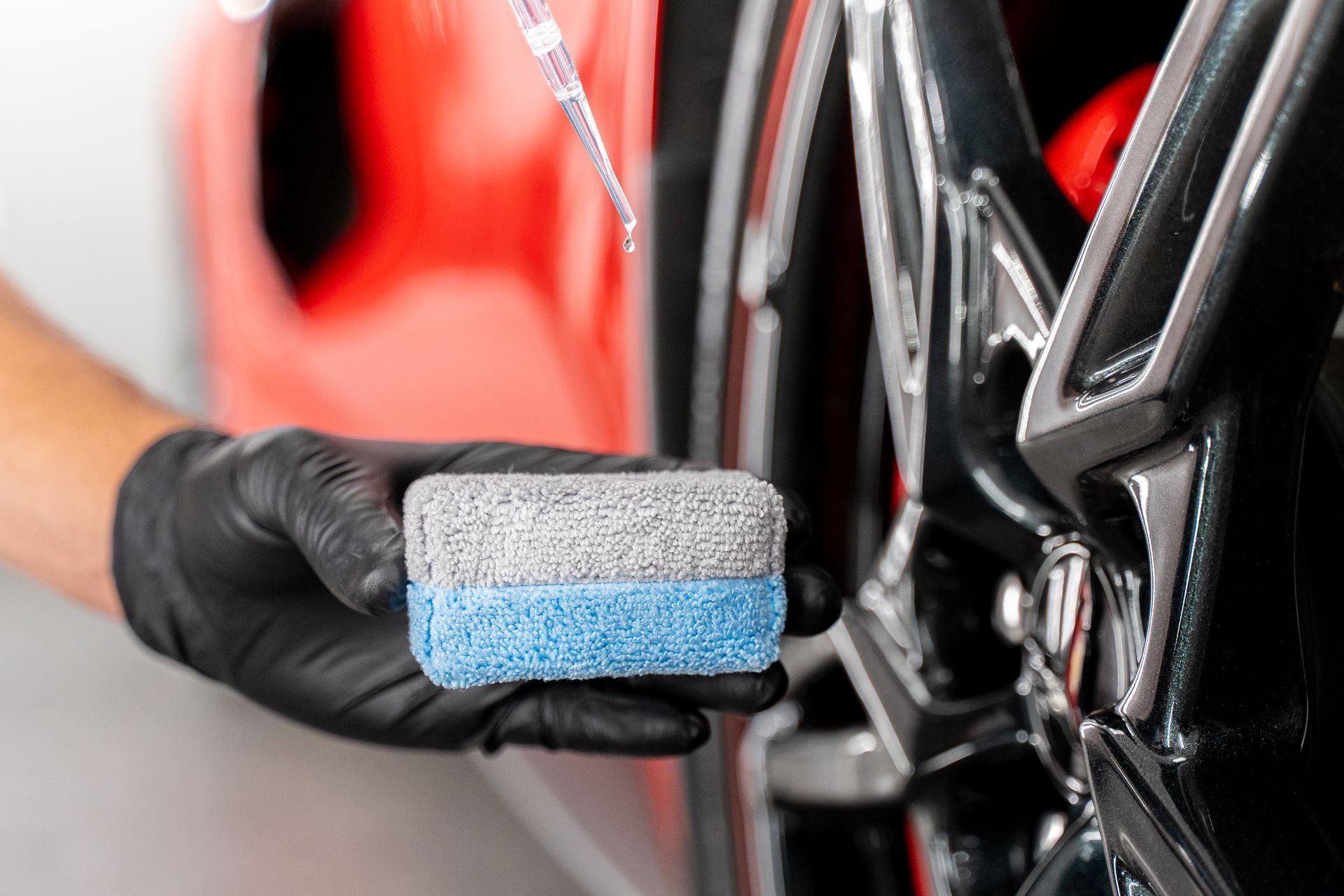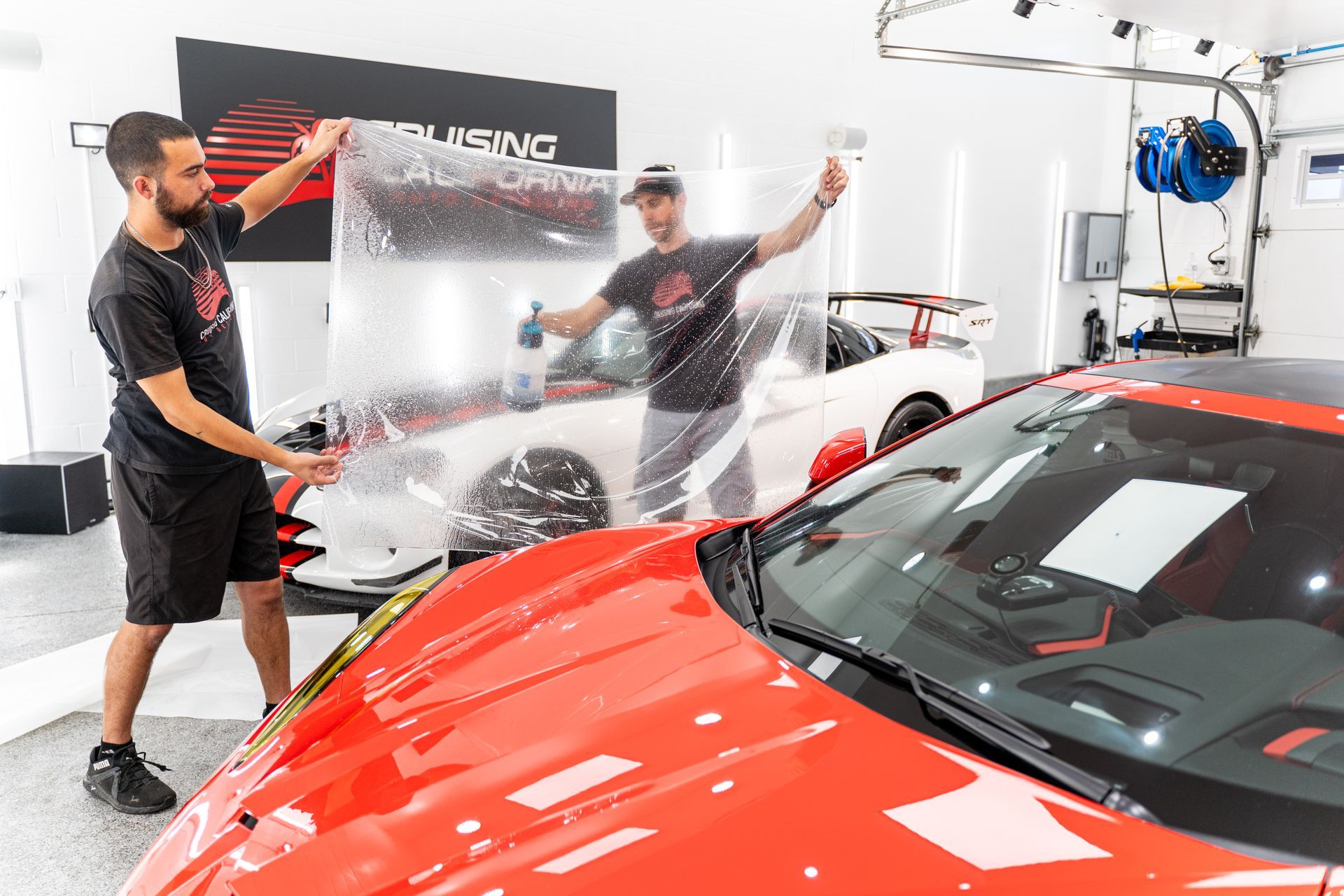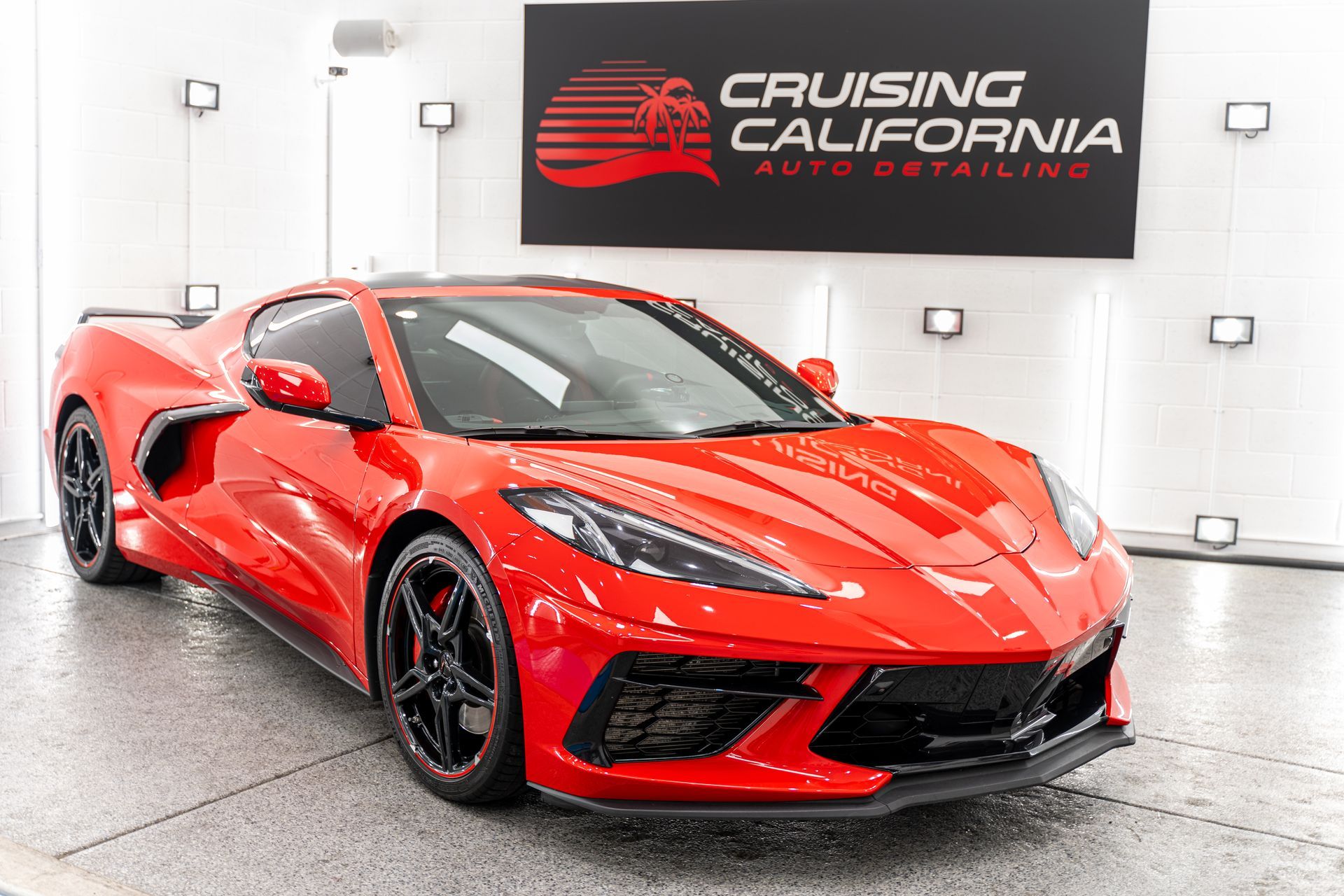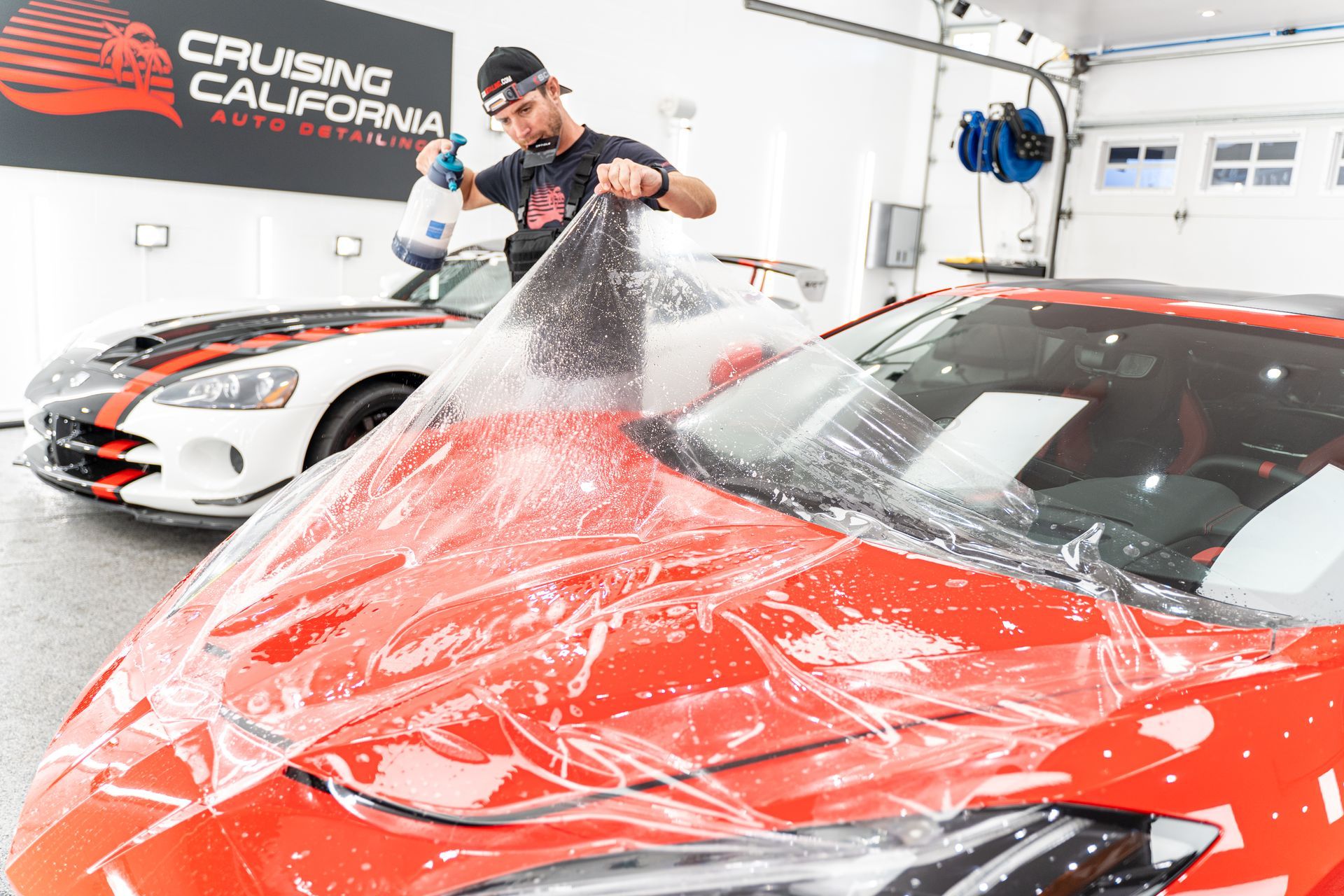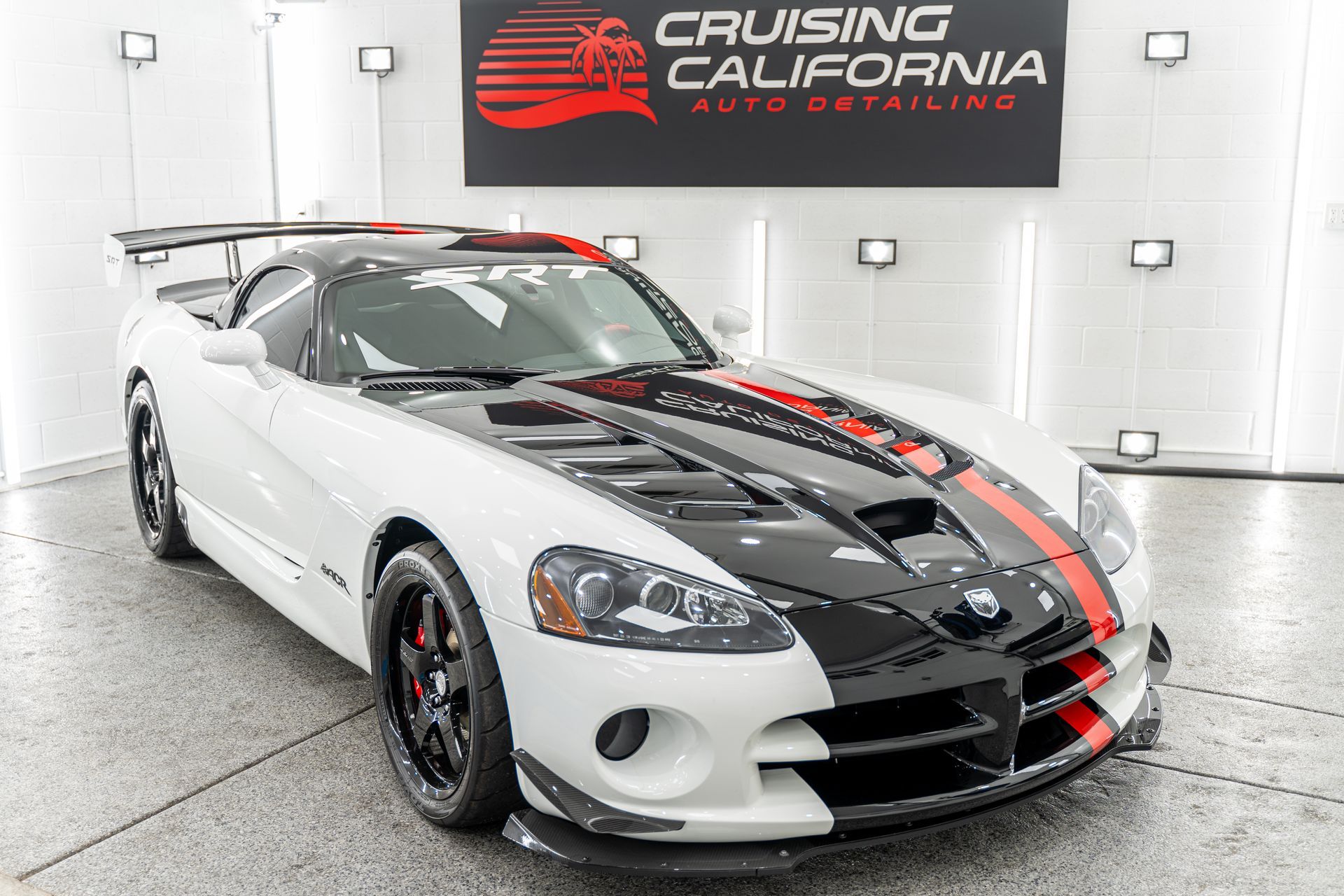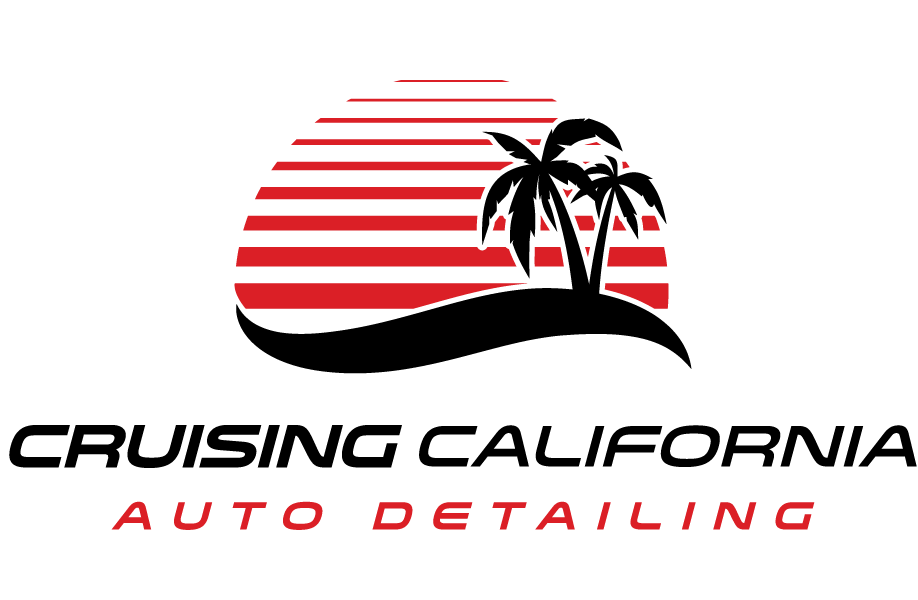Maintaining the glossy shine of your paint protection film is more than just about looks; it's about preserving an investment that shields your vehicle from daily wear and environmental hazards. A car enthusiast knows that well-kept paint protection film can extend the life of a vehicle's paintwork and maintain its resale value, but many struggle with finding reliable information on proper care techniques.
To maintain the shine of your paint protection film, it's crucial to wash your car with PPF every 1-2 weeks using a mild automotive detergent and a clean microfiber cloth. Additionally, consider applying a ceramic coating to enhance protection and make maintenance easier. This will help ensure that your paint protection film maintains its glossy appearance and provides long-lasting paintwork protection.
Importance of Protecting Your PPF
When you make a substantial investment, protection becomes paramount. The same principle applies to your vehicle's paintwork. PPF acts as a protective shield, safeguarding your car from chips, scratches, and other potential damage. Yet, it's not solely about shielding the paint; it's also about preserving the paint protection film itself. By maintaining its integrity, you ultimately extend the life of this crucial shield, thereby ensuring your car maintains a sleek appearance over time. Vehicles with well-maintained paint protection film can retain up to 15% more resale value compared to those without it. Therefore, maintaining your paint protection film not only guarantees a beautiful car now but also secures its value in the future when it comes time to sell or trade in your vehicle.
Imagine if you decided to sell your car. A potential buyer sees two cars of the same model and year: one protected by well-maintained PPF and the other without any protection. Which one do you think they would be more willing to pay extra for? It's evident that maintaining your paint protection film doesn't just safeguard your car's paintwork; it safeguards its value too. Environmental hazards pose a continuous threat to your vehicle's exterior and consequently impact the durability of your paint protection film. UV rays can gradually degrade the film over time, affecting the luster of the paint underneath. Bird droppings and road debris are other culprits that can wear down the paint protection film if not properly cared for. Neglecting these risks can result in compromised effectiveness and may necessitate costly replacements sooner than expected. With proper care, however, you can significantly mitigate these effects.
Essential Cleaning Tools for PPF
When it comes to maintaining your paint protection film, the right tools are crucial. These tools not only help in keeping your paint protection film looking pristine but also play a significant role in prolonging its life and ensuring it provides optimum protection for your vehicle's paintwork. Here are some essential cleaning tools you'll need:
- Microfiber Towels: Microfiber towels are an absolute must when it comes to cleaning your paint protection film. Their soft, non-abrasive texture ensures that you can wipe down the film without risking scratches or damage to its surface. Unlike traditional towels, microfiber cloths are designed to be gentle on delicate surfaces, making them perfect for use on paint protection films.
- pH-Neutral Car Shampoo: Using the right car shampoo is vital for preserving the integrity of your paint protection film. Opt for a pH-neutral car shampoo to avoid harsh chemicals that can deteriorate the protective film over time. By using pH-neutral car shampoo, you ensure that your paint protection film stays in top condition, allowing it to effectively shield your vehicle's paintwork from chips, scratches, and other forms of damage.
- Soft Bristle Brushes: For deeper cleaning, especially around edges and corners, a soft bristle brush is an indispensable tool. The soft bristles enable you to dislodge dirt, grime, and contaminants from hard-to-reach areas without risking any harm to the paint protection film itself. When used with care, a soft bristle brush allows you to achieve a thorough clean without compromising the protective qualities of the film.
Equipped with these essential cleaning tools, preserving the pristine appearance and protective capabilities of your paint protection film becomes a straightforward task.
Techniques for Safe PPF Cleaning
Taking care of your paint protection film requires a gentle and methodical approach to ensure it retains its glossy shine and protective properties. Here are some crucial steps you should consider when cleaning your paint protection film.
- Pre-Rinse: Before anything else, give your car a good pre-rinse. This helps remove loose dirt and particles that may be stuck to the film, reducing the risk of scratching during the washing process. It's like a warm-up before exercising—you're preparing the surface for a deeper clean.
- Two-Bucket Method: Once you've pre-rinsed the car, it's time to move on to the two-bucket method for washing. One bucket should contain soapy water, while the other should have clean water reserved for rinsing your sponge or mitt. This simple technique prevents dirt from being reintroduced onto the car's surface.
- Gentle Wipe: When actually washing the paint protection film, use a microfiber mitt and clean in straight lines rather than circular motions. Circular motions can create swirl marks that become visible in direct sunlight. It's like dusting a table—you'd want to go with the grain of the wood to prevent any visible streaking or scratching.
- Rinse and Dry: Once the paint protection film is washed, ensure thorough rinsing of the car. Then, use a fresh microfiber towel to pat the PPF dry gently to prevent water spots. Think of it as giving someone a pat on the back after they've worked hard—it's a small gesture that makes a big difference.
These techniques may sound simple, but when done consistently and correctly, they significantly contribute to maintaining the effectiveness and longevity of your paint protection film, preserving that sleek appearance and protective functionality of your vehicle's paint protection film.
Daily Maintenance Tips
Caring for your paint protection film is akin to showing it a little love each day. It's not much work, but it goes a long way in keeping your vehicle's appearance top-notch. So, let's dive into these simple yet crucial daily maintenance tips that can make all the difference.
Quick Dusting and Pollutant Prevention
A brief dusting using a microfiber cloth each day is a small task with significant results. Spend just 5 minutes every morning to brush away any dust or debris that has settled on the surface of the paint protection film. This swift action not only keeps the film looking clean and glossy but also drastically reduces the buildup of grime over time. Consistent care can go a long way in maintaining the luster of your paint protection film.
Promptly Address Contaminants
Nature can be unpredictable, and your car can fall victim to bird droppings or bug splatter at any time. These contaminants contain acidic components that can lead to stains if left unattended. Address any such occurrences immediately using mild automotive detergent and a clean microfiber cloth. Prompt action minimizes the risk of lasting damage to your PPF, preserving its pristine look.
Regular Visual Checks for Early Detection
While carrying out routine cleaning tasks like dusting or spot cleaning, dedicate a moment to examine the film closely. Look for any signs of lifting or wear along the edges or any other areas. Early detection of these issues allows you to address them promptly, preventing minor concerns from escalating into major problems that may require professional intervention later on.
Remember, these daily maintenance tips are like an investment in extending the life and beauty of your paint protection film. By integrating them into your daily routine, you ensure that your beloved vehicle maintains its showroom shine for years to come.
Long-Term Care Strategies
Just like routine maintenance, long-term care is essential for keeping your PPF in top condition. Over time, environmental factors and regular wear can impact the effectiveness of the protective film. By incorporating a few proactive strategies into your paint protection film care routine, you can significantly extend its lifespan and preserve its lustrous shine.
- Monthly Deep Clean: A monthly deep clean targets the hard-to-reach areas where dirt and grime may accumulate over time. During this thorough cleaning session, pay special attention to the edges of the film and any intricate patterns on the surface of the vehicle. Utilize a pH-neutral car wash soap, a gentle microfiber wash mitt, and lukewarm water to ensure a meticulous cleanse without compromising the film's integrity. By removing stubborn buildup, you prevent potential damage to the film and maintain its protective qualities.
- Ceramic Coating Application: Applying a ceramic coating to your paint protection film offers an additional layer of defense against environmental elements such as UV rays and contaminants. This coating not only enhances the durability of the film but also contributes to preserving its glossy finish. The hydrophobic properties of the sealant repel water and other substances, making routine cleaning more manageable while safeguarding the paint protection film from deterioration.
- Professional Inspection: An annual professional inspection serves as a proactive measure to identify any underlying issues or areas of concern with your paint protection film. Experienced technicians possess specialized knowledge that allows them to assess the condition of the film comprehensively. Their expertise enables them to recognize early signs of wear or damage that may go unnoticed during regular upkeep. Additionally, professionals can provide customized recommendations based on your specific driving conditions and environmental exposures, ensuring that your PPF receives tailored care for optimal performance.
By integrating these long-term care strategies into your paint protection film maintenance routine, you're taking proactive steps to safeguard the integrity and longevity of your vehicle's protective film. Remember, a little extra care today can lead to prolonged protection and a radiant appearance for years to come. Ensuring the longevity of your paint protection film is not just about maintenance; it's about investing in the long-lasting appeal and protection of your vehicle. The effort you put in now will undoubtedly pay off down the road.
Leading PPF Installation in El Cajon, CA
Protect your vehicle's paint with the leading paint protection film installation services at CCA Detailing & Ceramic Coating | PPF in El Cajon, CA. Our skilled team expertly applies paint protection film to guard against road debris, scratches, and environmental damage, ensuring your car maintains its original look. Using only the highest quality materials, we deliver seamless results that preserve your vehicle's finish for years to come. Secure your appointment with us today for unmatched paint protection! Call us at (619) 916-6157 to get started!


